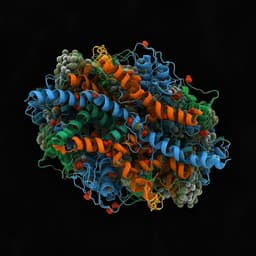
Biology
De novo design of pH-responsive self-assembling helical protein filaments
H. Shen, E. M. Lynch, et al.
Discover the groundbreaking work of Hao Shen, Eric M. Lynch, and their colleagues as they unveil the design of pH-responsive protein filaments. These innovative subunits can swiftly transform between assembled and disassembled states in response to pH changes, paving the way for responsive nanomaterials with numerous applications.
~3 min • Beginner • English
Related Publications
Explore these studies to deepen your understanding of the subject.







